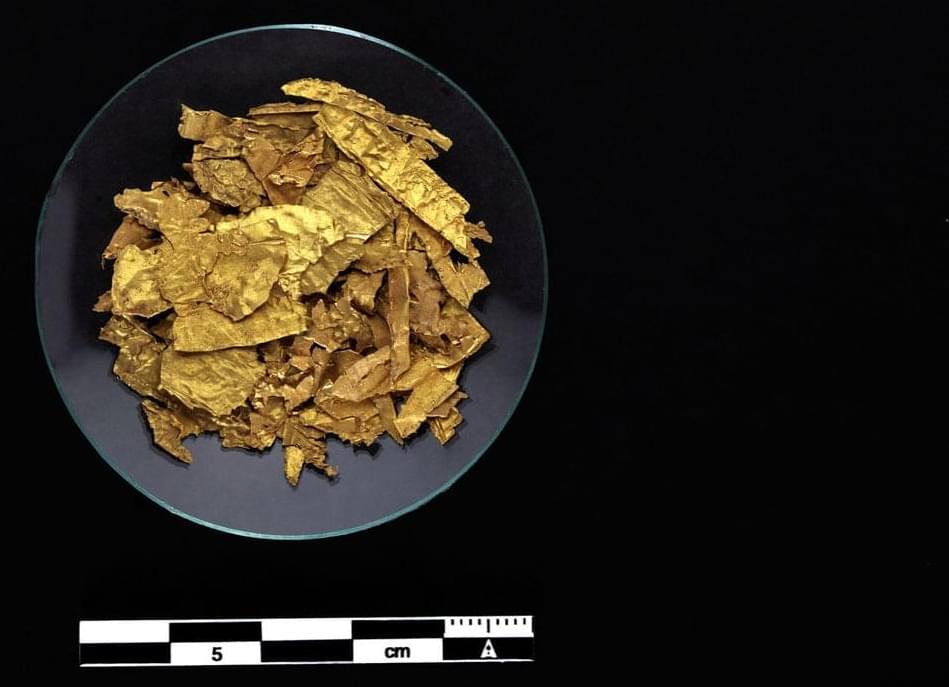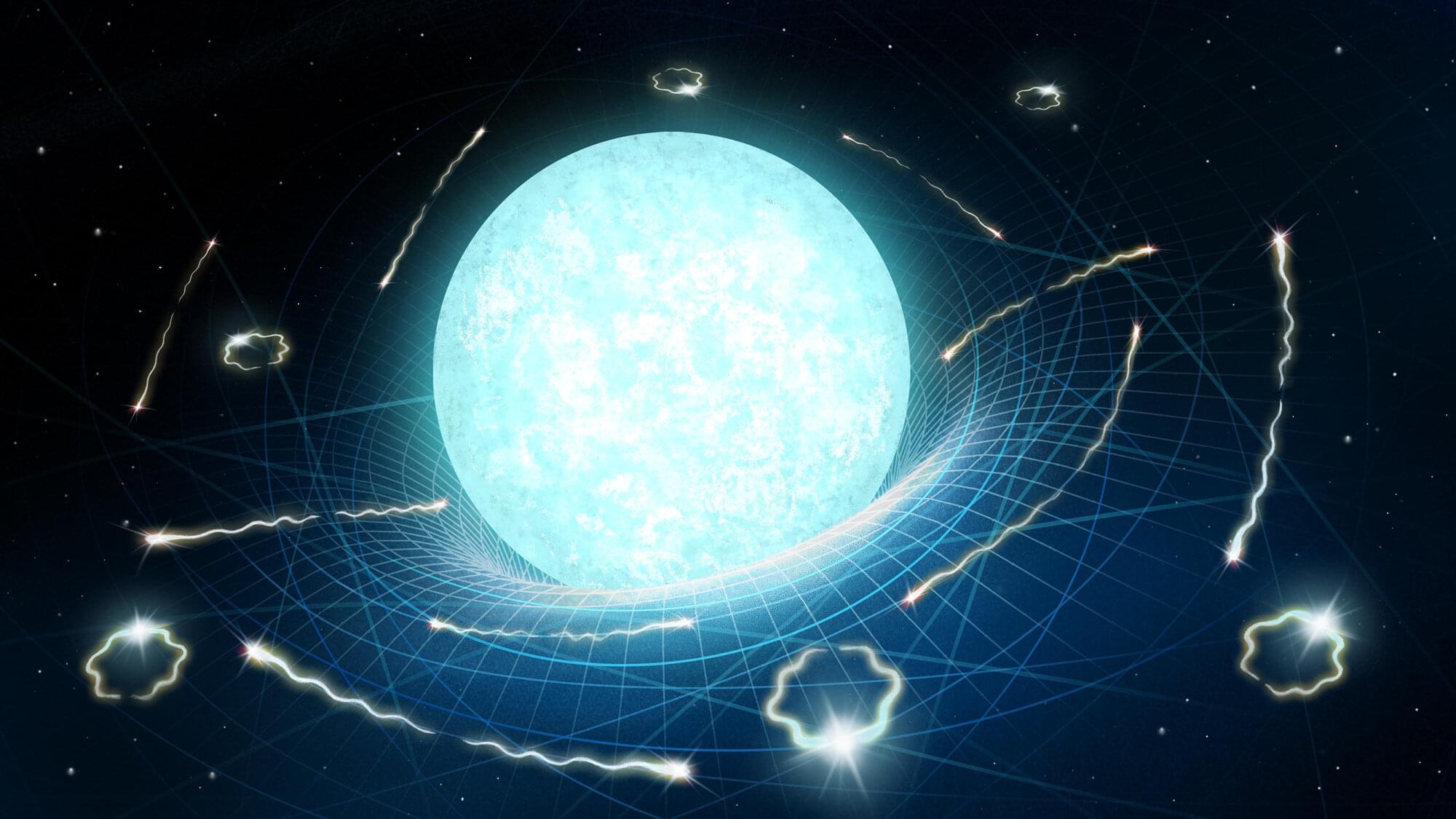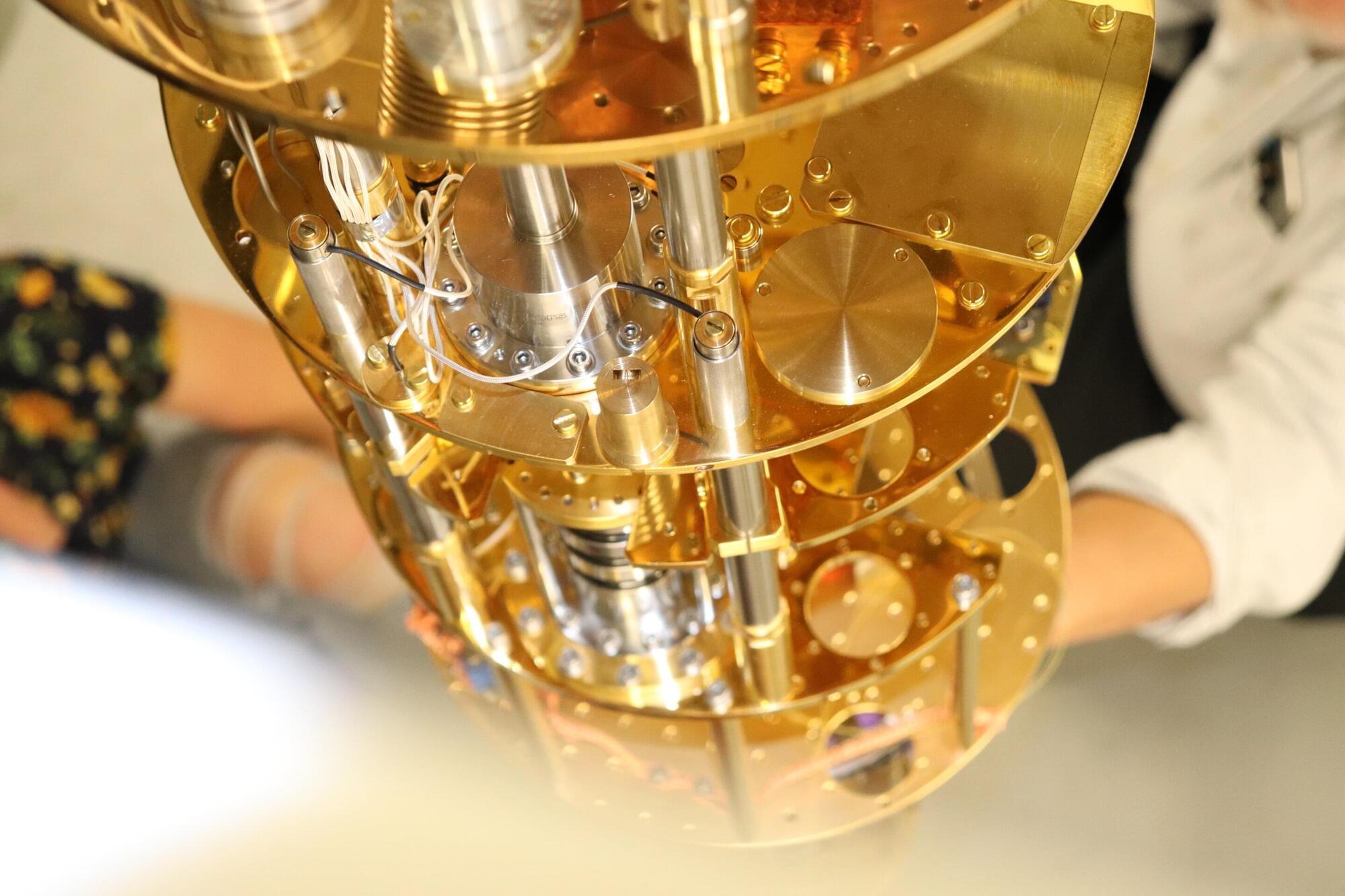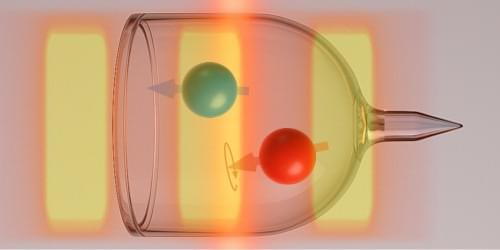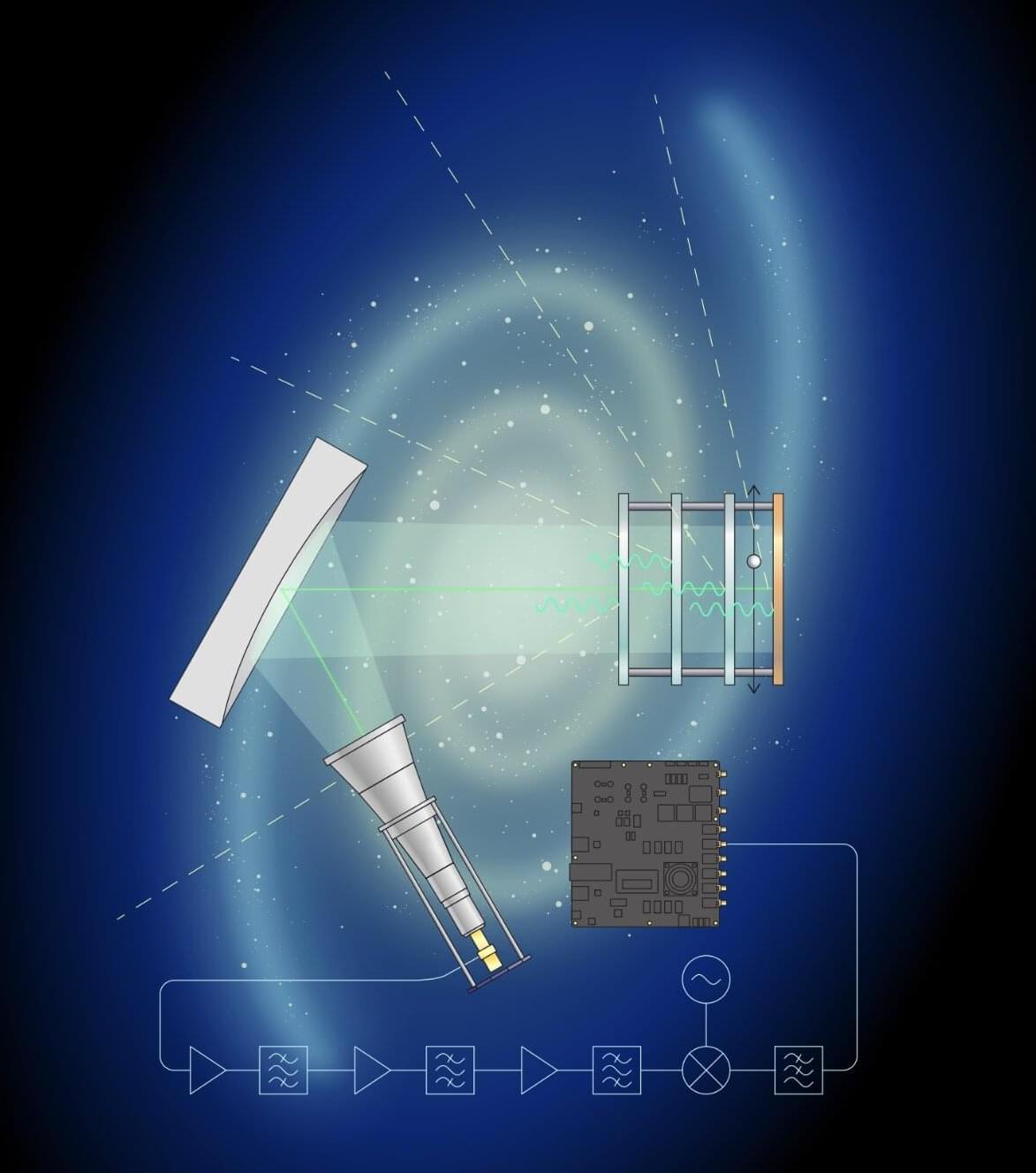Our Universe is vast, ancient, and mysterious. It’s no surprise that in our quest to explore and explain it, many misconceptions have arisen.
The first 1,000 people to use the link will get a 1 month free trial of Skillshare https://skl.sh/isaacarthur05231
Join this channel to get access to perks:
/ @isaacarthursfia.
Visit our Website: http://www.isaacarthur.net.
Join Nebula: https://go.nebula.tv/isaacarthur.
Support us on Patreon: / isaacarthur.
Support us on Subscribestar: https://www.subscribestar.com/isaac-a… Group: / 1,583,992,725,237,264 Reddit:
/ isaacarthur Twitter:
/ isaac_a_arthur on Twitter and RT our future content. SFIA Discord Server:
/ discord Listen or Download the audio of this episode from Soundcloud: Episode’s Audio-only version:
/ misconceptions-about-space-time-the-universe Episode’s Narration-only version:
/ misconceptions-about-space-time-the-univer… ▬ Common Misconceptions ▬▬▬▬▬▬▬▬▬▬ 0:00 Intro 2:34 Space is Huge 3:58 Space has no gravity 6:29 Space is not Dark 7:57 Space is Cold 12:14 Space is Empty 14:49 Explosive Decompression 16:31 No Noise in Space 17:48 Black Holes Suck 18:51 You can’t escape a Black Hole 22:37 Nothing goes faster than light 24:23 The Edge of The Universe is 13 Billion Light Years Away 27:23 The Universe has no Edge 29:31The Universe has no Center 30:13 We aren’t the Center of the Universe 32:48 Earth Orbits the Sun 35:34 The Sun is a fiery Yellow Dwarf 38:29 Time on Spaceships runs very slow 40:17 The Universe ends with the last stars Credits: Misconceptions About Space, Time & The Universe Science & Futurism with Isaac Arthur Episode 394, May 11, 2023 Written, Produced & Narrated by Isaac Arthur Editors: Briana Brownell David McFarlane Graphics: Jeremy Jozwik Music Courtesy of Epidemic Sound http://epidemicsound.com/creator.
Facebook Group: / 1583992725237264
Reddit: / isaacarthur.
Twitter: / isaac_a_arthur on Twitter and RT our future content.
SFIA Discord Server: / discord.
Listen or Download the audio of this episode from Soundcloud: Episode’s Audio-only version: / misconceptions-about-space-time-the-universe.
Episode’s Narration-only version: / misconceptions-about-space-time-the-univer…
▬ Common Misconceptions ▬▬▬▬▬▬▬▬▬▬
0:00 Intro.
2:34 Space is Huge.
3:58 Space has no gravity.
6:29 Space is not Dark.
7:57 Space is Cold.
12:14 Space is Empty.
14:49 Explosive Decompression.
16:31 No Noise in Space.
17:48 Black Holes Suck.
18:51 You can’t escape a Black Hole.
22:37 Nothing goes faster than light.
24:23 The Edge of The Universe is 13 Billion Light Years Away.
27:23 The Universe has no Edge.
29:31The Universe has no Center.
30:13 We aren’t the Center of the Universe.
32:48 Earth Orbits the Sun.
35:34 The Sun is a fiery Yellow Dwarf.
38:29 Time on Spaceships runs very slow.
40:17 The Universe ends with the last stars.
Credits:
Misconceptions About Space, Time & The Universe.
Science & Futurism with Isaac Arthur.
Episode 394, May 11, 2023
Written, Produced & Narrated by Isaac Arthur.
Editors:
